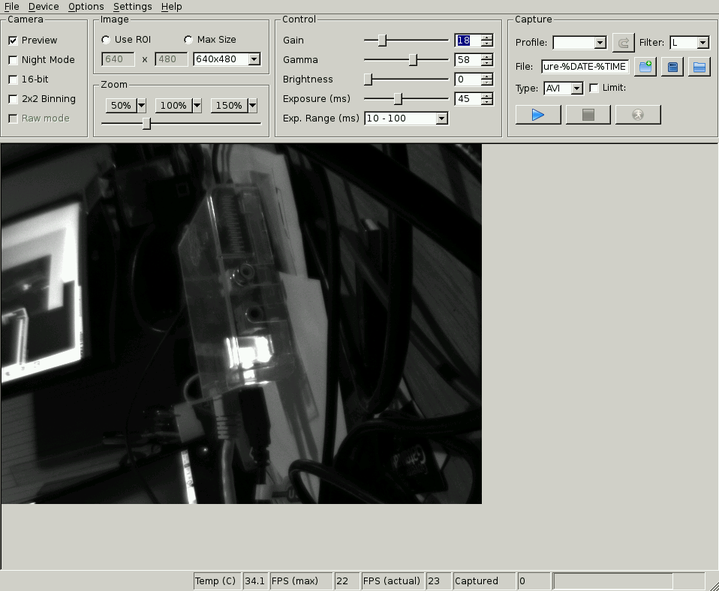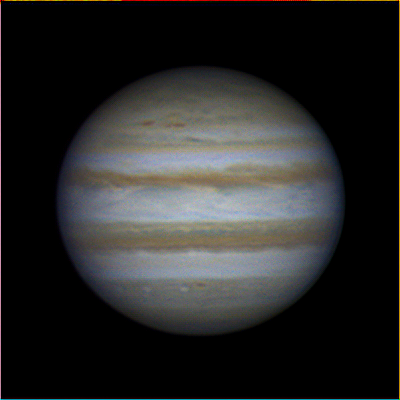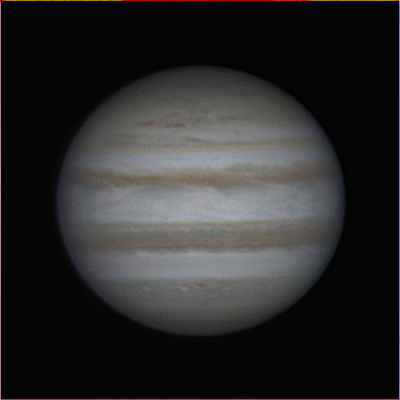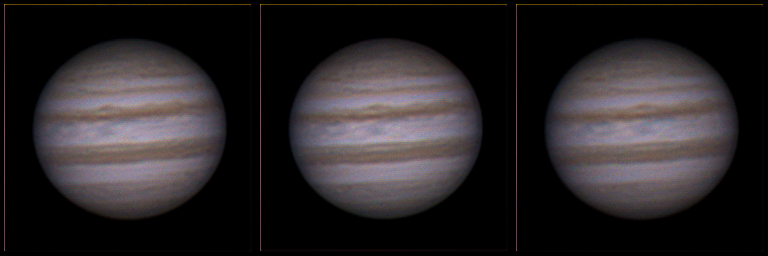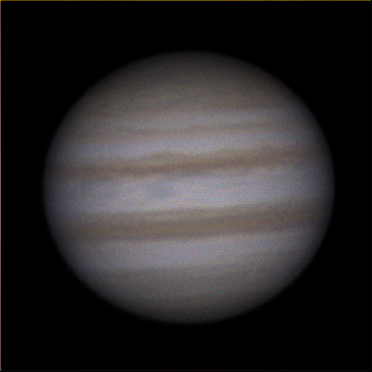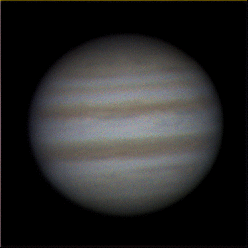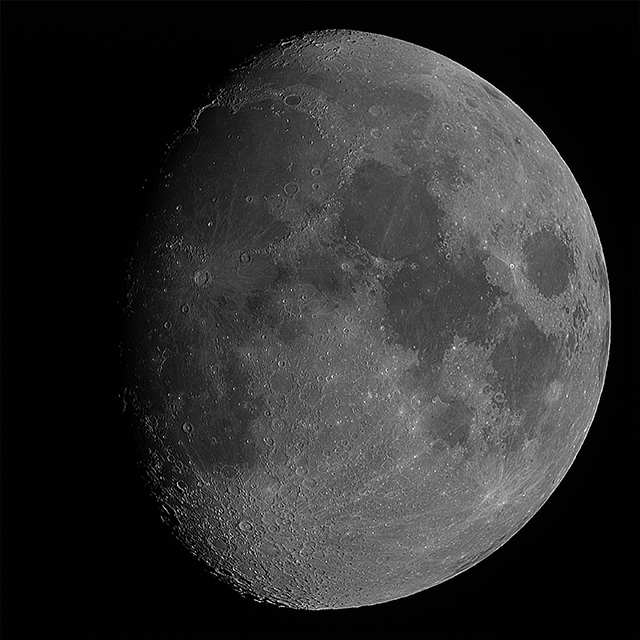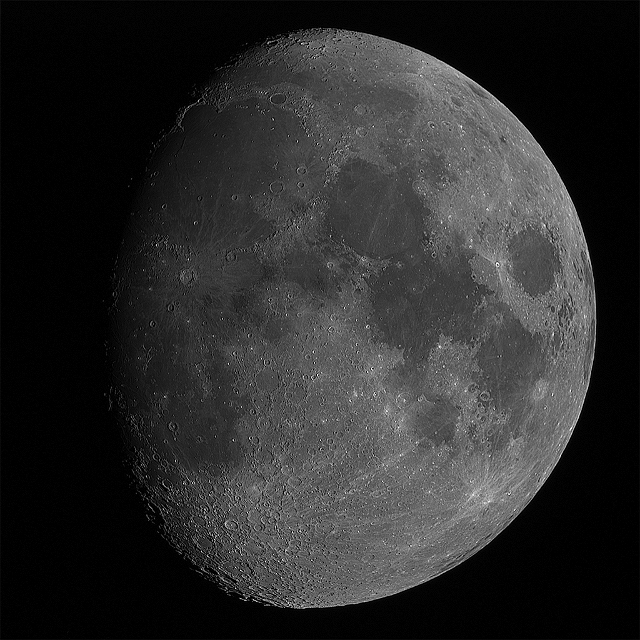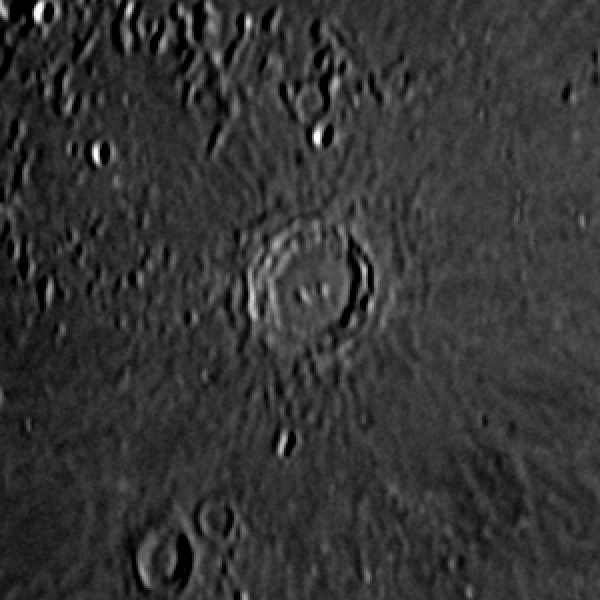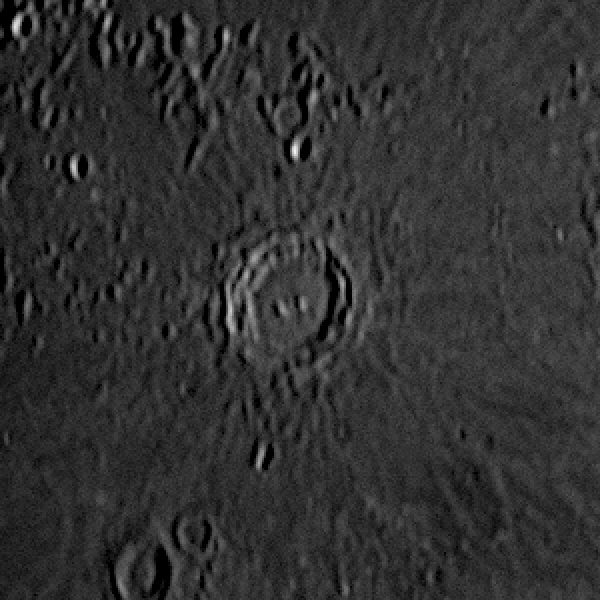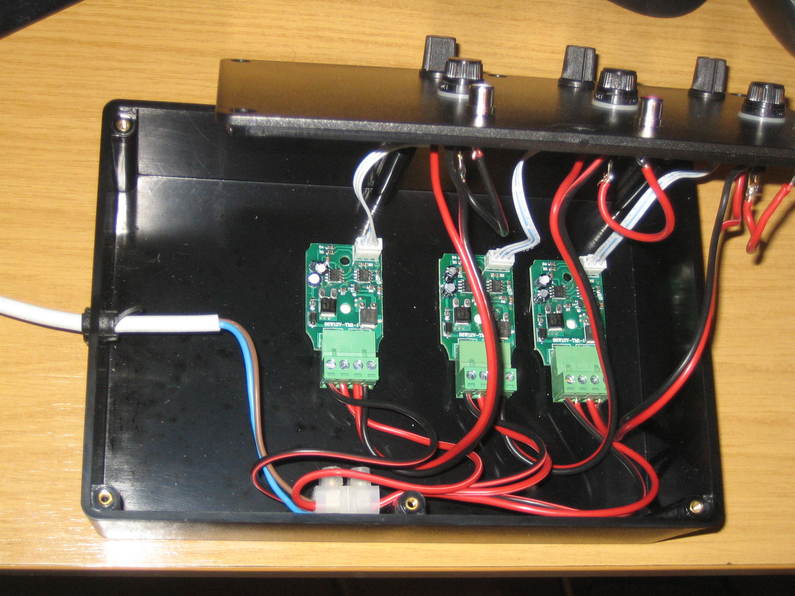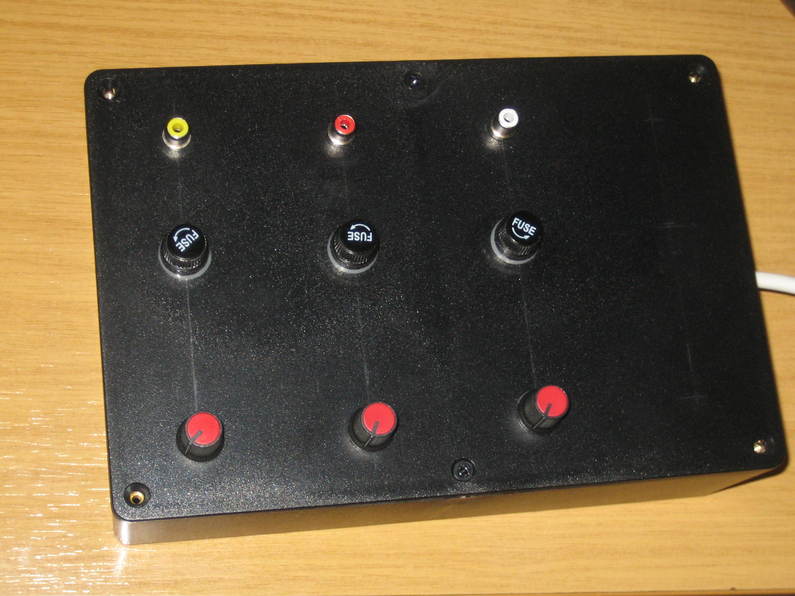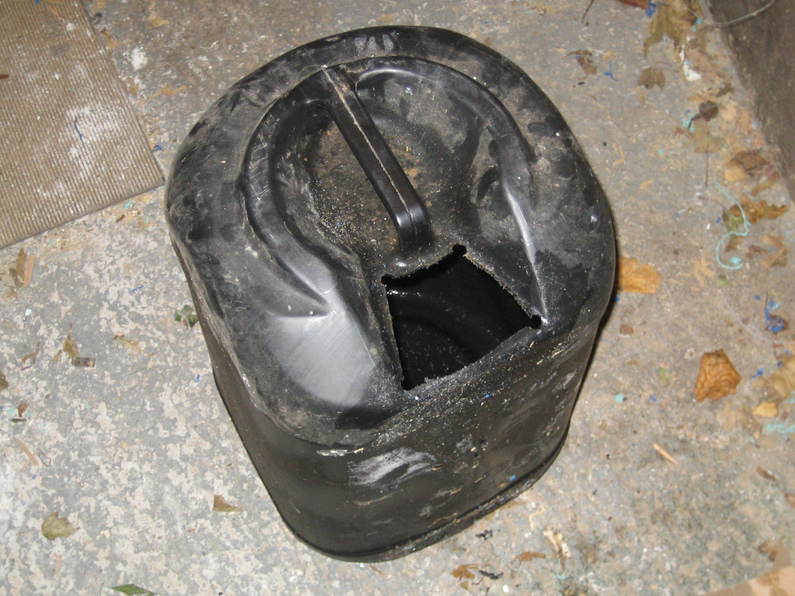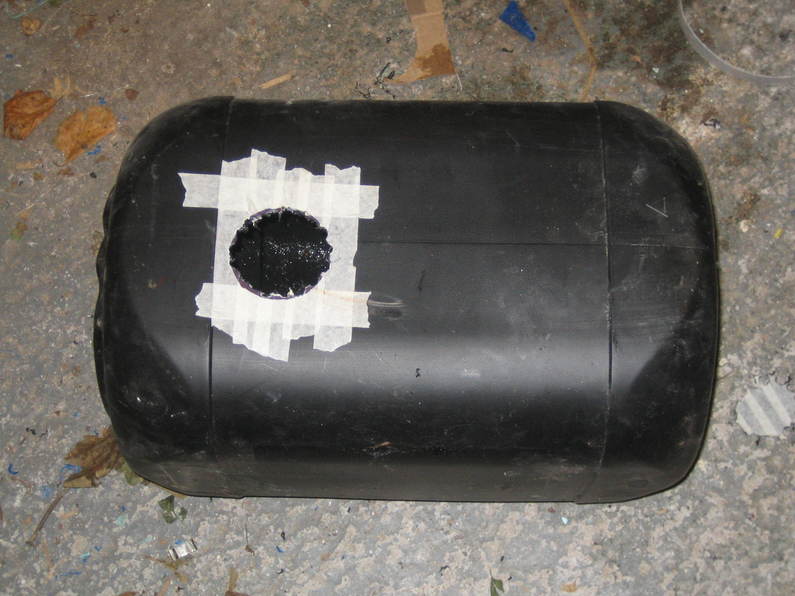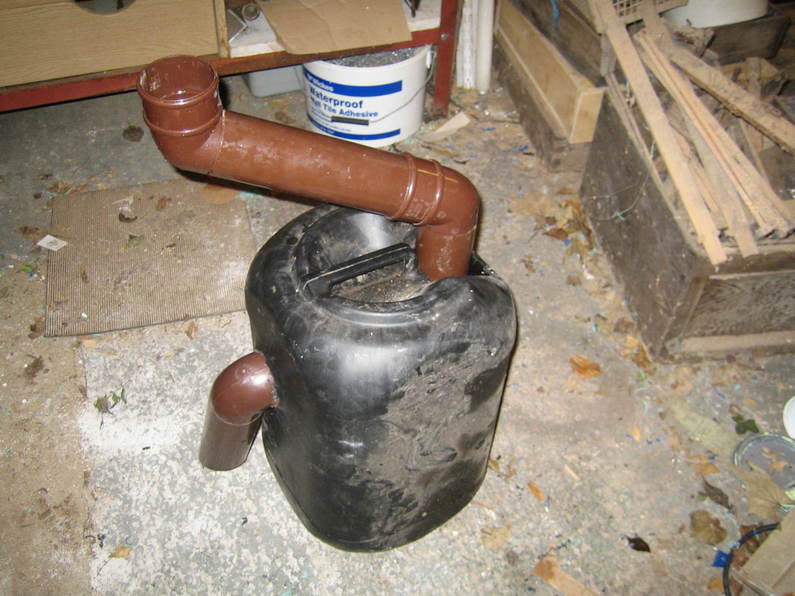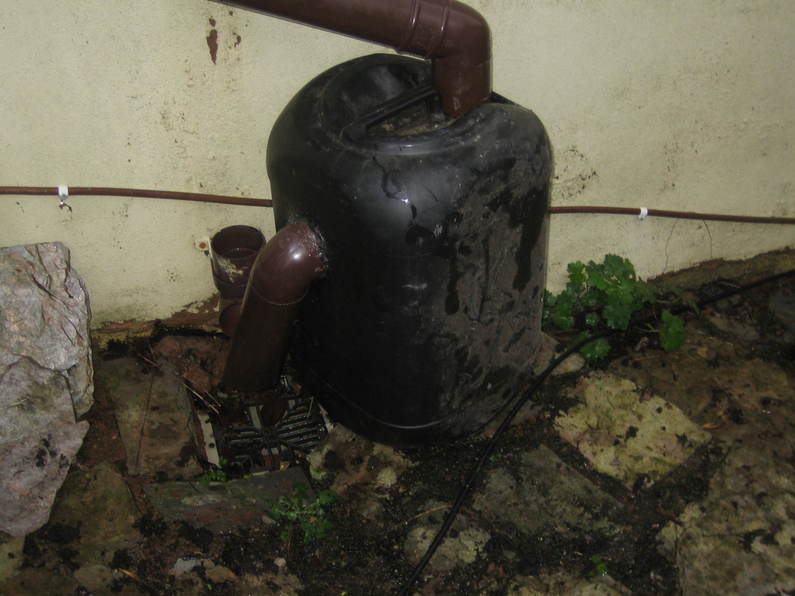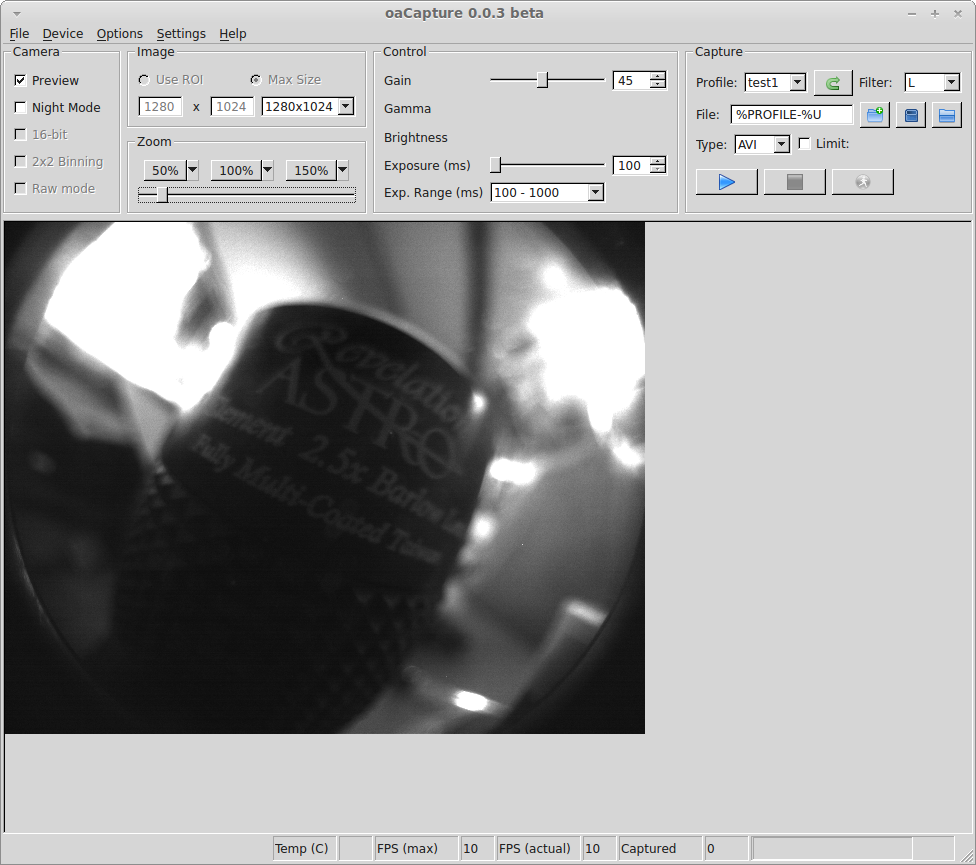I’ve had a white light solar filter made from Baader ND5.0 film (two, in fact) for several years and one of them was starting to look rather tatty so I decided it was time to make another. Baader’s instructions suggest making the filter holder out of card, but I decided I’d like something a little more robust. Using a metal frame seemed overkill, but having done some decorating in the house and tidied up all the old paint cans I suddenly found myself looking at one and wondering if it wouldn’t be just the thing.
I started by cutting two rings from the plastic top of a folding picnic table that we’d given up on, just as one would do in card following Baader’s instructions. Then I took a Stanley knife to one of the plastic paint pots and removed the lower section leaving about 40mm of the side still attached.
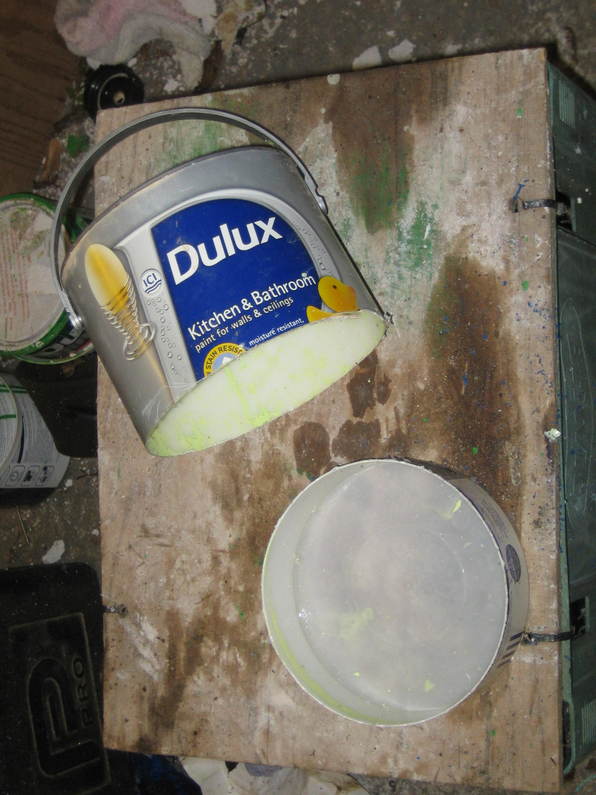 I also removed the base, leaving a lip about 10mm wide (to match the inner diameter of the rings, basically) which I glued to one of my rings using some special two-part plastic glue I found online after hunting around various websites to find out what adhesives worked well on plastics. Unfortunately I can’t find the name of the stuff any more 🙁
I also removed the base, leaving a lip about 10mm wide (to match the inner diameter of the rings, basically) which I glued to one of my rings using some special two-part plastic glue I found online after hunting around various websites to find out what adhesives worked well on plastics. Unfortunately I can’t find the name of the stuff any more 🙁
I drilled four matching holes in the two rings, painted the whole lot black and lined the inside part of the paint can with self-adhesive felt.
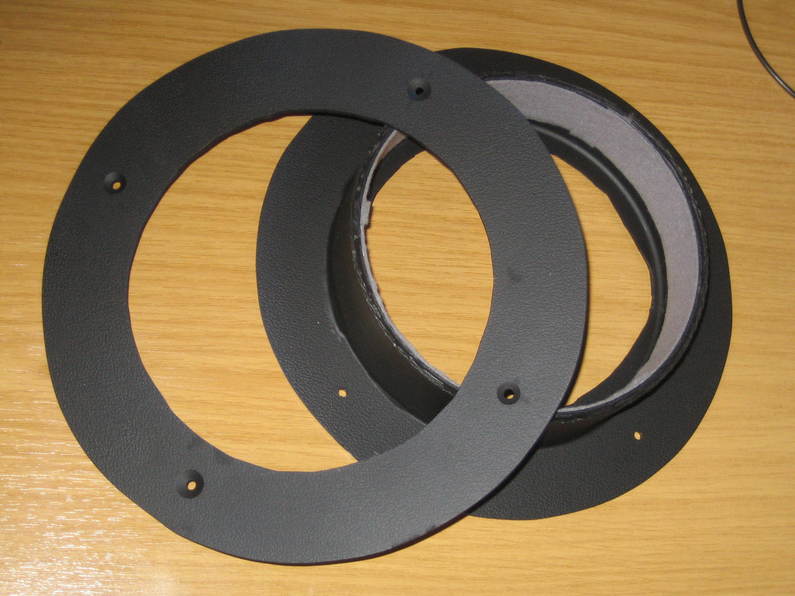 As per the Baader instructions I used double-sided tape to hold the filter material to one of the rings, but rather than also taping it to the second, I opened up filter material at the holes and bolted the two halves together.
As per the Baader instructions I used double-sided tape to hold the filter material to one of the rings, but rather than also taping it to the second, I opened up filter material at the holes and bolted the two halves together.
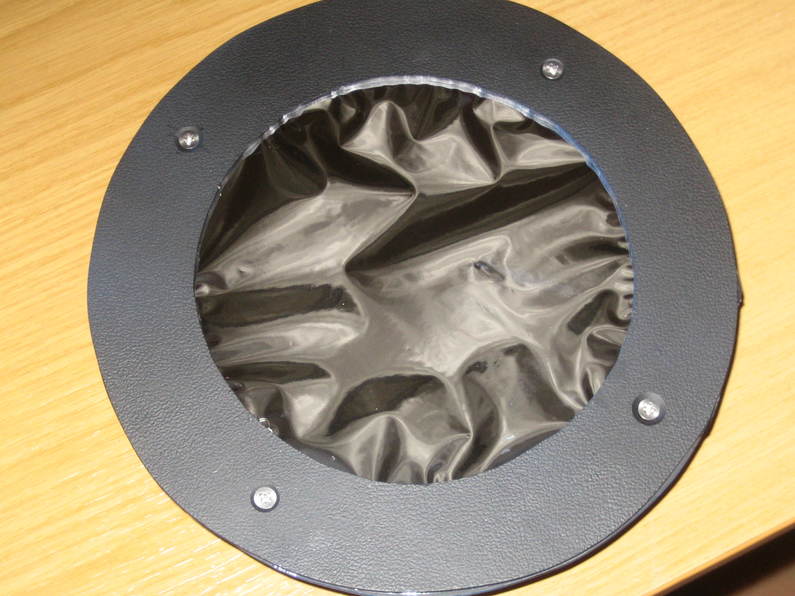
The filter fits my 127 Mak very snugly and is far more robust than my original cardboard version.
To try to prevent any damage to the filter I saved a large tin from the sweet assortments that are only available (in our house at least) at Christmas. It fits with a few millimetres to spare on either side and does a fine job.
Since making this visual filter with the ND5.0 film, I’ve also made a photographic filter with the ND3.8 film using exactly the same method. Such a shame that for much of the first half of this year, the Sun didn’t show up.
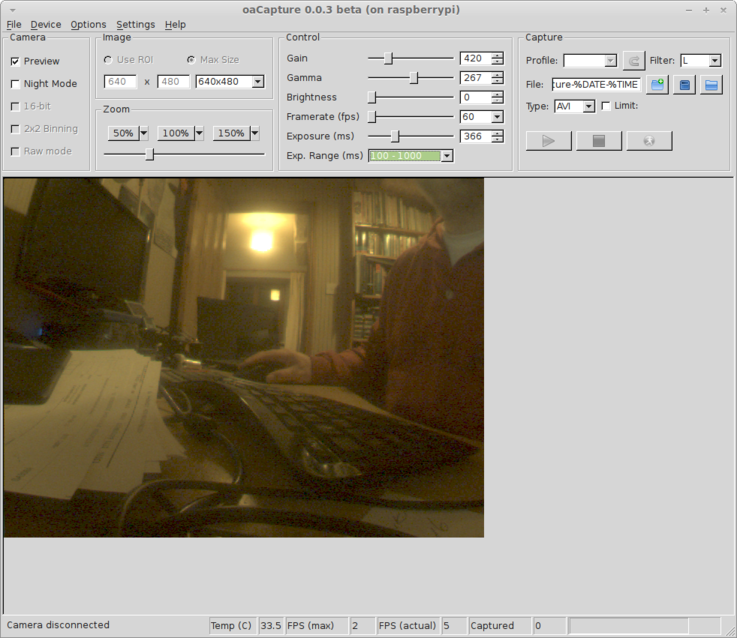 Here’s a “selfie” (using a mono camera this time) 🙂
Here’s a “selfie” (using a mono camera this time) 🙂
